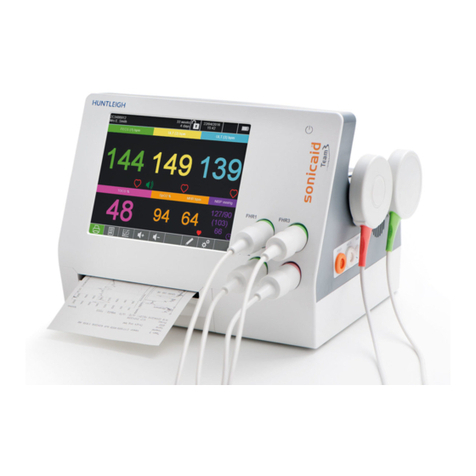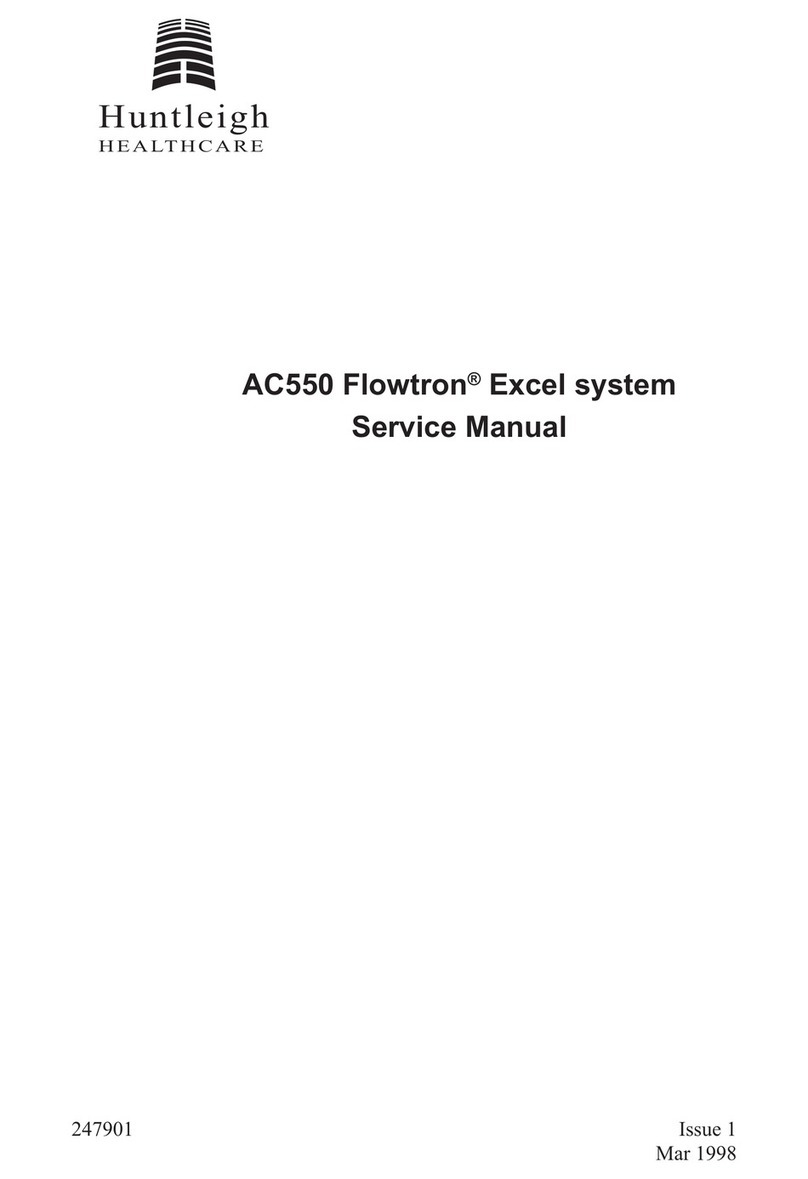
Contents
1. Introduction........................................................................4
1.1 Indications of Use..................................................................................4
1.2 Contraindications ..................................................................................4
1.3 Unpacking / Preliminary Checks..........................................................5
2. Safety .................................................................................6
2.1 WARNINGS.............................................................................................7
3. Product Information ...........................................................9
3.1 System Overview...................................................................................9
3.2 The Receiver Unit...................................................................................10
3.2.1 Operation................................................................................................................10
3.2.2 Front Panel Indicators............................................................................................11
3.2.3 Rear Panel controls and Indicators........................................................................13
3.3 The Transducers....................................................................................14
3.4 Product Labelling...................................................................................16
4. Setup...................................................................................17
4.1 Receiver Connection.............................................................................17
4.2 Testing the Basic Functions.................................................................17
5. Operation ...........................................................................19
5.1 Getting Started.......................................................................................19
5.2 Application of the Transducers............................................................19
5.3 Ambulatory Monitoring .........................................................................21
5.4 Water Birth Monitoring..........................................................................21
5.5 Ending Monitoring / Switching Off.......................................................22
6. Care and Cleaning ..............................................................23
6.1 General Care...........................................................................................23
6.2 Cleaning and Disinfecting.....................................................................24
6.2.1 Transducers ...........................................................................................................24
6.2.2 Receiver Unit..........................................................................................................26
7. Maintenance.......................................................................27
7.1 Mechanical Inspection ..........................................................................27
7.2 Corrective Maintenance ........................................................................27
7.3 Charging Transducer Batteries............................................................27
7.4 Transducer Battery Replacement.........................................................27
7.5 Servicing.................................................................................................27





























